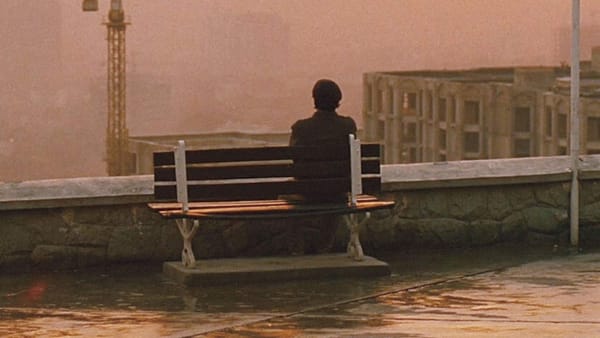Capturing global disasters: 'And then they came for me...'
This month, we focus on timeless stories across dimensions, curating documentaries that candidly depict humanity's darkest historical chapters.


We start with Rithy Panh's evocatively narrated documentation, almost from an authority of a victim, in The Missing Picture. The experimental stop-motion characters barely take away the gore of the Khmer Rouge in Cambodia.

We next move to the systemic sabotage of the Native Americans by direct or indirect European exploitation in When The Mountains Tremble by Pamela Yates and Newton Sigel. The Guatemalan genocide, that was aimed at the Mayan population under the assistance of US and Argentina, is only momentary in the long list of horrors inflicted on the Mayans throughout history.

The world witnessed a sharp shift in philosophy, law and morality after the Holocaust. No time in world history was cruelty so systemic as was in the Nazi regime. “Shoah”, by Claude Lanzmann, takes us through a 10 hour long journey on the atrocities Jews had been subjected to. To be hailed as a "sheer masterpiece" from Simone deBeauvoir definitely speaks volumes for the impressive beauty of the documentary, and the petrifying horrors of the Holocaust.

We end the curation with God Sleeps in Rwanda by Stacy Sherman and Kimberlee Acquaro.
"It was hard to be a Tutsi man during the genocide. But to be a Tutsi woman during the genocide meant it was hard before, during and after the genocide!" - Anonymous.
The brutality of the 100 Days of the Rwandan genocide killed close to a million Tutsis, displaced millions and haunt billions! We follow the lives of five women in Rwanda who are forced to live with the pain of the genocide for the rest of their lives. The curation, like the documentary, goes to imply a chilling awakening to us all!
Why Genocide?
The flow of the lineup hopes to explore various timelines, various govt systems that led to atrocities (placed in an order exploring a left-leaning republic to a exploitative capitalist alliance to a hyper nationalist regime and finally a chaotic complacent "democratic govt" and a misled revolution). But, "extermination of the enemy" was a common foundation for all these genocides. The agenda of the curation (other than exploring quality cinema) was also to explore the social warnings these genocides carried.




